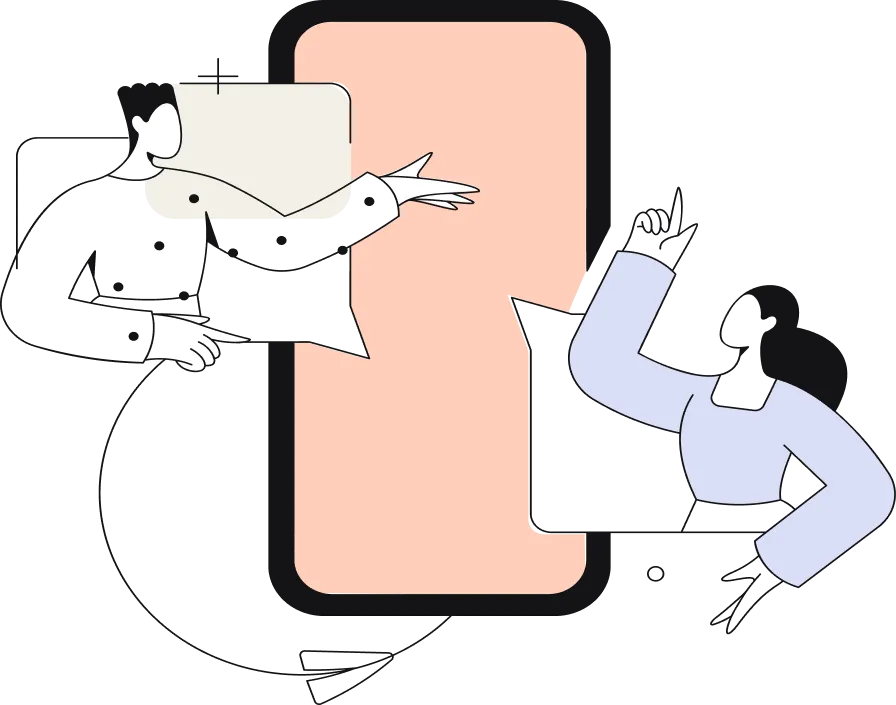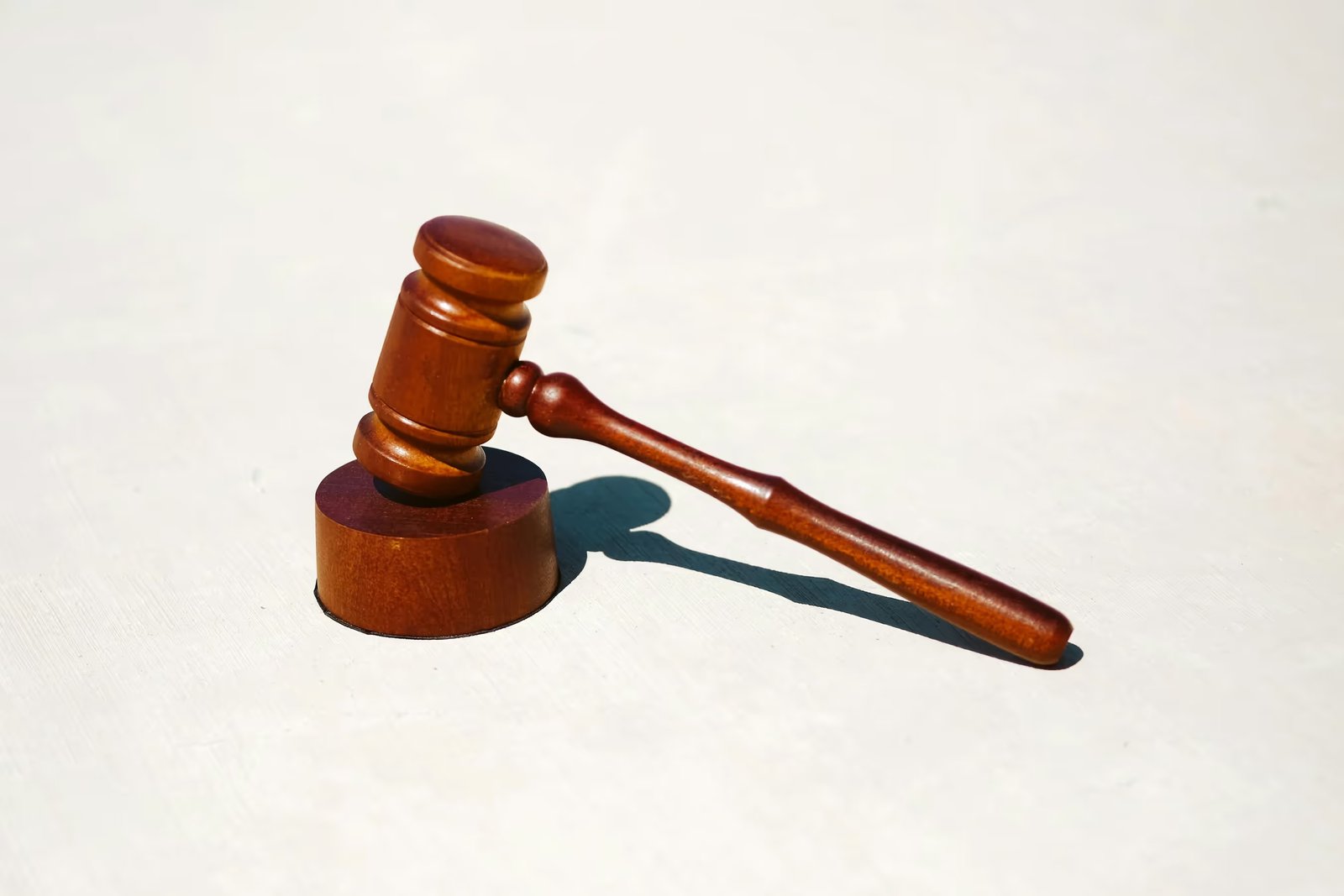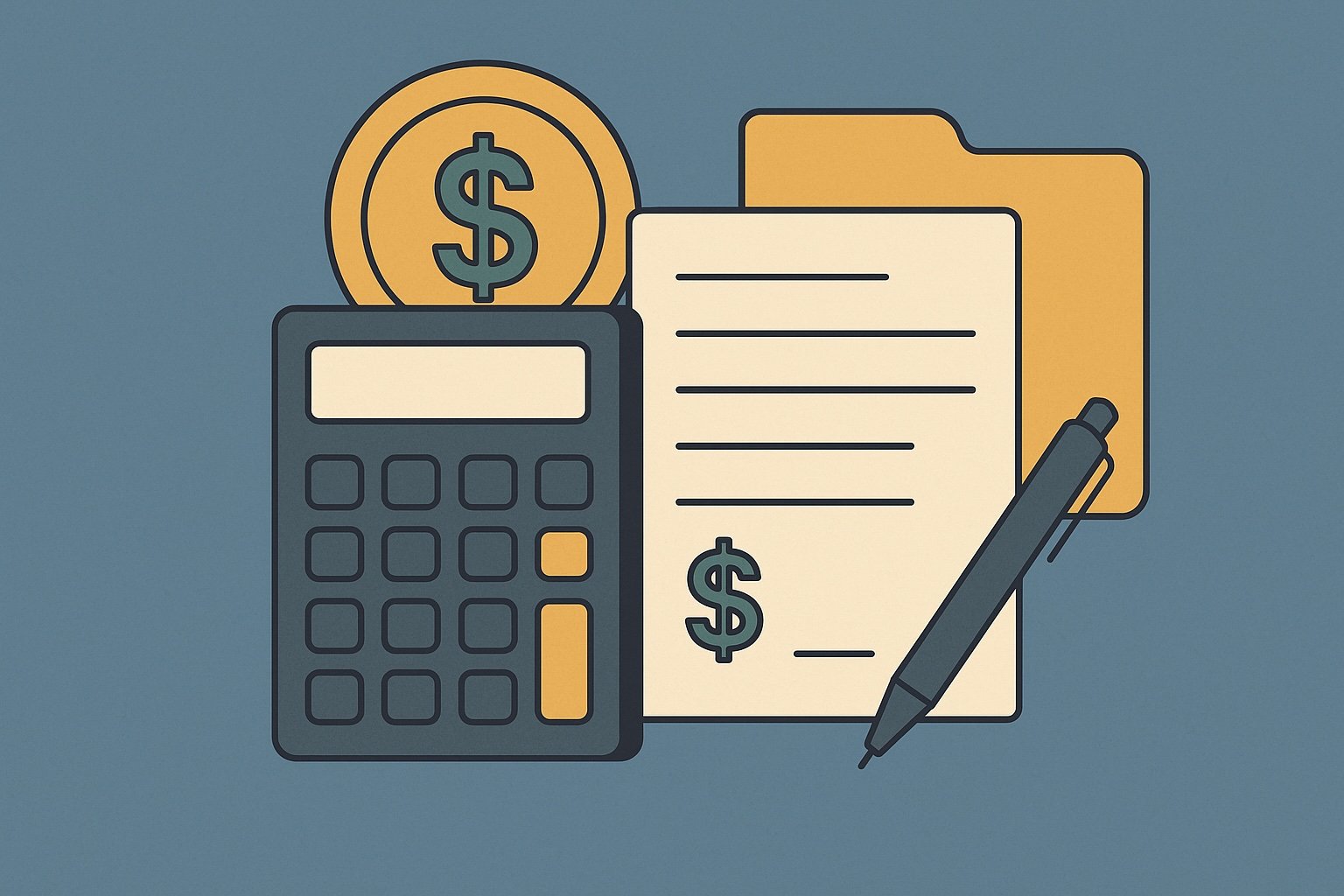Question
ARTE's Answer
A 1031 exchange, also known as a like-kind exchange, is a powerful tax-deferral strategy that allows real estate investors to defer capital gains taxes when they sell an investment property and reinvest the proceeds into a new, like-kind property. Here's a step-by-step guide on how to execute a 1031 exchange, with an example to illustrate the process:
- Determine Eligibility: Ensure that both the property you are selling (relinquished property) and the property you are buying (replacement property) qualify for a 1031 exchange. Both properties must be held for productive use in a trade or business or for investment purposes.
- Engage a Qualified Intermediary (QI): Before selling your relinquished property, engage a Qualified Intermediary like us at Deferred.com. We facilitate the exchange by holding the proceeds from the sale of your relinquished property and using them to purchase the replacement property. This step is crucial because you cannot have actual or constructive receipt of the sale proceeds.
- Sell the Relinquished Property: List and sell your relinquished property. The proceeds from this sale will be transferred directly to us, your QI, to ensure compliance with IRS regulations.
- Identify Replacement Property: Within 45 days of selling your relinquished property, you must identify potential replacement properties. You can identify up to three properties regardless of their value, or more than three if their combined value does not exceed 200% of the relinquished property's value.
- Purchase the Replacement Property: You have 180 days from the sale of your relinquished property to close on the purchase of your replacement property. We will use the proceeds from the sale of your relinquished property to acquire the replacement property on your behalf.
- Complete the Exchange: Once the replacement property is acquired, the exchange is complete. You will have successfully deferred capital gains taxes on the sale of your relinquished property.
Example: Let's say you own an investment property, a rental home, that you purchased for $200,000. Over the years, its value has appreciated, and you now sell it for $400,000. You have a mortgage of $100,000 on the property, and after paying off the mortgage and $20,000 in closing costs, you net $280,000.
- Determine Eligibility: Your rental home qualifies as it was held for investment purposes.
- Engage Deferred.com: You contact us at Deferred.com to act as your Qualified Intermediary. We will handle the exchange process and ensure compliance with IRS regulations.
- Sell the Relinquished Property: You sell your rental home for $400,000. The net proceeds of $280,000 are transferred to us, Deferred.com, to hold until you purchase your replacement property.
- Identify Replacement Property: Within 45 days, you identify three potential replacement properties, each valued at around $450,000.
- Purchase the Replacement Property: You decide to purchase one of the identified properties for $450,000. We use the $280,000 held in escrow to fund the purchase, and you secure a new mortgage for the remaining $170,000.
- Complete the Exchange: The purchase is completed within the 180-day window, and you have successfully deferred the capital gains taxes on your original property by reinvesting in a new, like-kind property.
By following these steps and using Deferred.com as your Qualified Intermediary, you can effectively defer capital gains taxes and continue to grow your real estate investment portfolio.
Have more questions? Call us at 866-442-1031 or send an email to support@deferred.com to talk with an exchange officer at Deferred.
Sources
1031 Question? Ask ARTE
Deferred's AI 1031 Research Assistant is trained on 8,000+ pages of US tax law and outperforms human CPAs by 22%+
CHAT NOW
Learn More
See more frequently asked questions about 1031 exchanges








